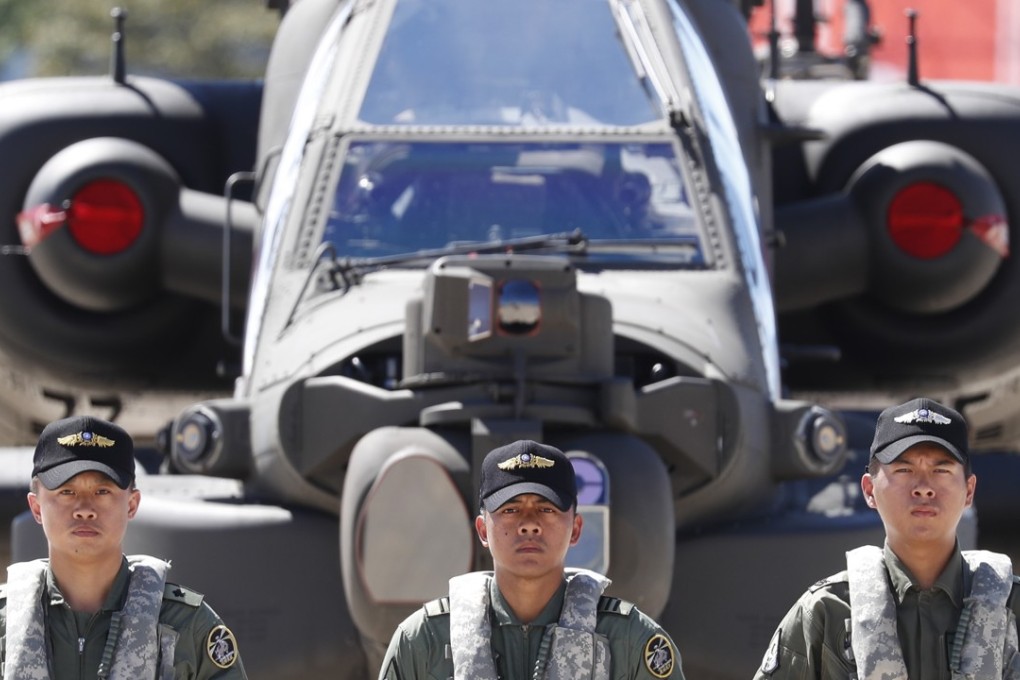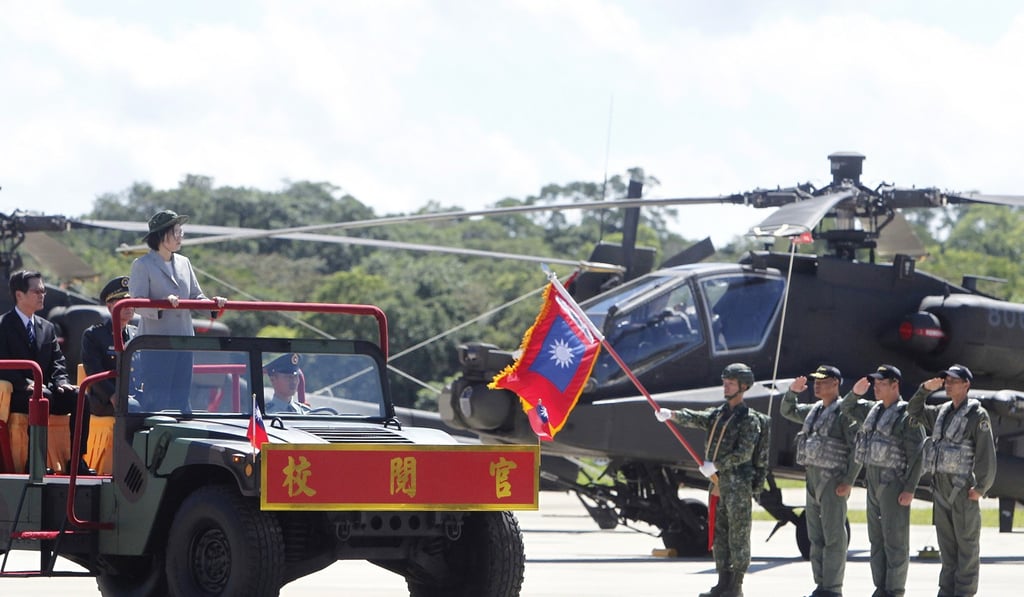Strait talk: are China and Taiwan on the brink of conflict?
Between mainland calls for reunification and military displays on the island, tensions are at a new high. But for these two, there’s a reason why stalemate never gets stale

The message struck a tone in stark contrast to the atmospherics around a high-profile meeting in Beijing just days before between the representatives of two organisations which spent much of the last century at each other’s throats: the Communist Party and the Kuomintang.

Noises about the urgency of reunifying Taiwan have been catching the ears of China analysts around the world. In recent discussions in China and in the West, I’ve heard a growing sense from Chinese observers and policymakers that the reunification can’t be avoided forever.
One senior academic pointed out that a military solution was always possible, while a well-informed journalist, with some mordancy, suggested the issue might be resolved in Xi’s “third term” (strictly speaking, the president hasn’t actually asked for an extra term, just changed the constitution so that he could have one).